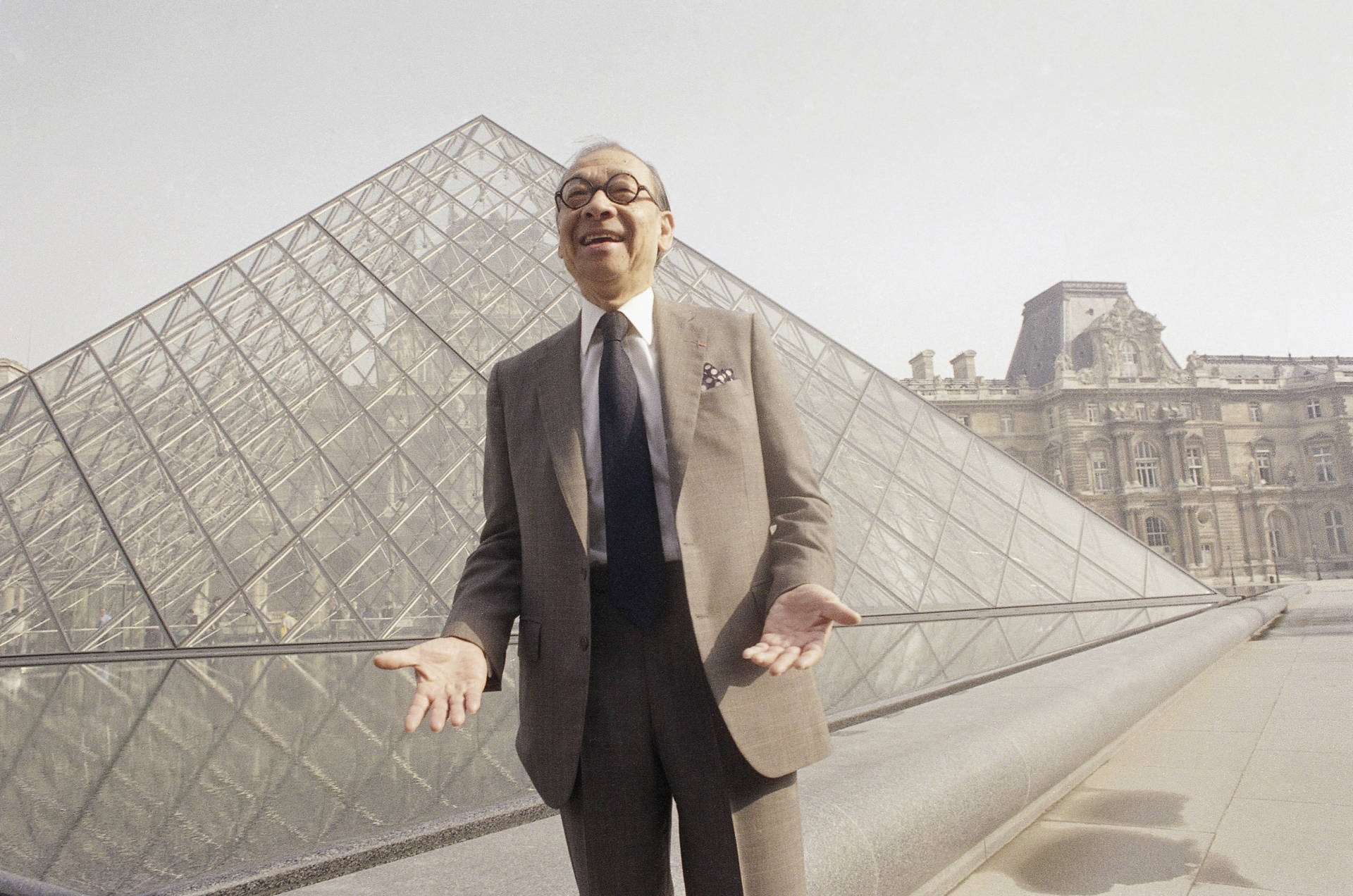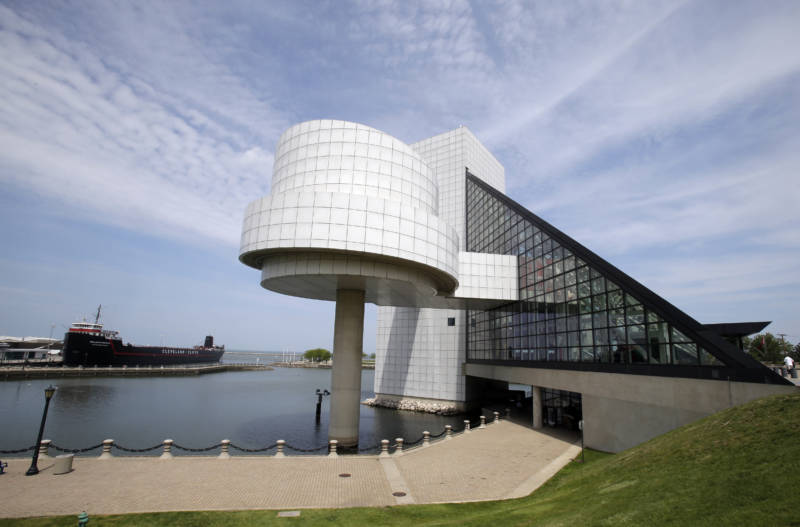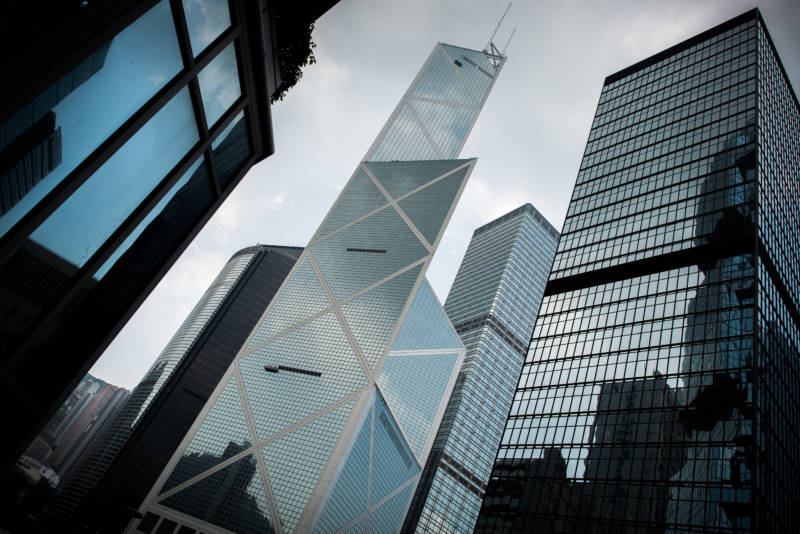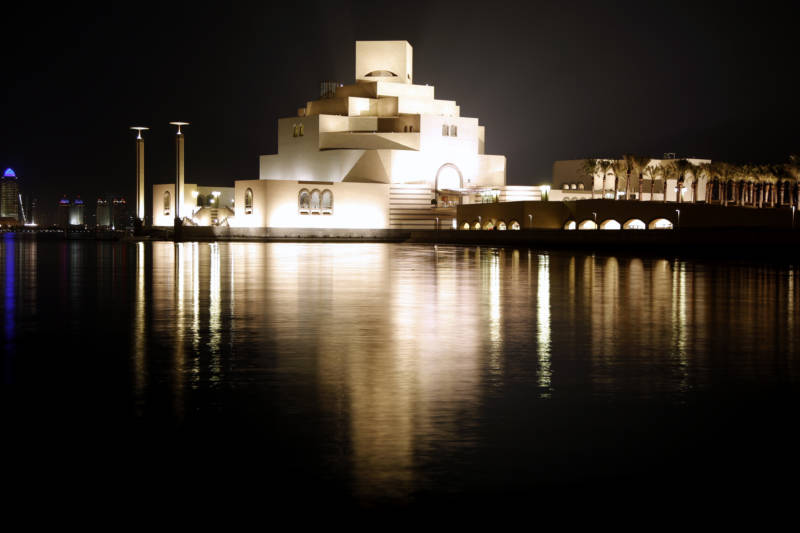Crowds around the world flow through the buildings designed by architect I.M. Pei; in Paris, they stream into the Louvre’s Pyramid entrance. In Cleveland, they wander through the Rock & Roll Hall of Fame. And in Hong Kong, they travel up and down the soaring Bank of China Tower.
Pei’s death was confirmed by Thomas Guss, his press contact. He was 102.
His designs were widely praised — but not always at first. When his large glass pyramid opened at the entrance to the Louvre museum in 1988, it was not well received.
“I would say the first year and a half was really hell,” the architect said in a PBS documentary. “I couldn’t walk the streets of Paris without people walking looking at me and saying, There you go again. What are you doing here? What are you doing to us? What are you doing to our great Louvre?”
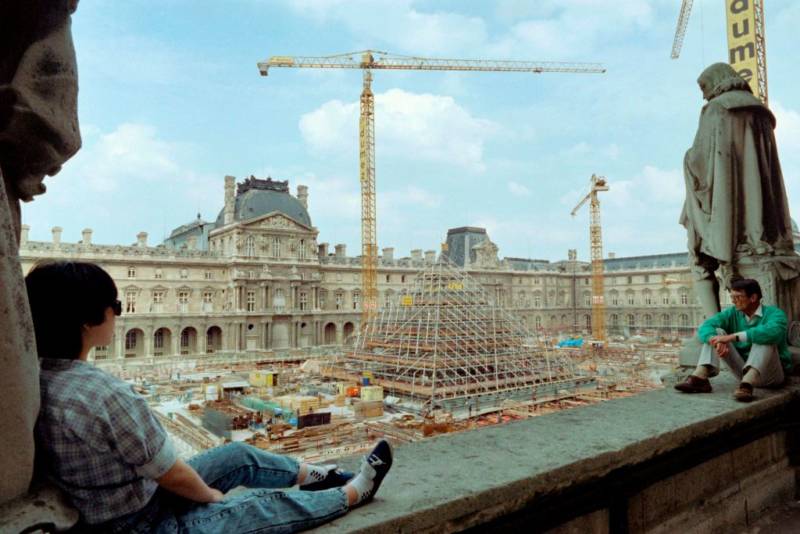
Two decades passed and, in 2009, NPR’s Susan Stamberg paid a visit to the Pyramid. Henri Loyrette, the Louvre’s director at the time, called it a masterpiece. He said that when you ask visitors why they are at the Louvre, they generally give three answers: for the Mona Lisa, for the Venus de Milo and for the Pyramid. It was not the first time shock has given way to admiration in architecture.
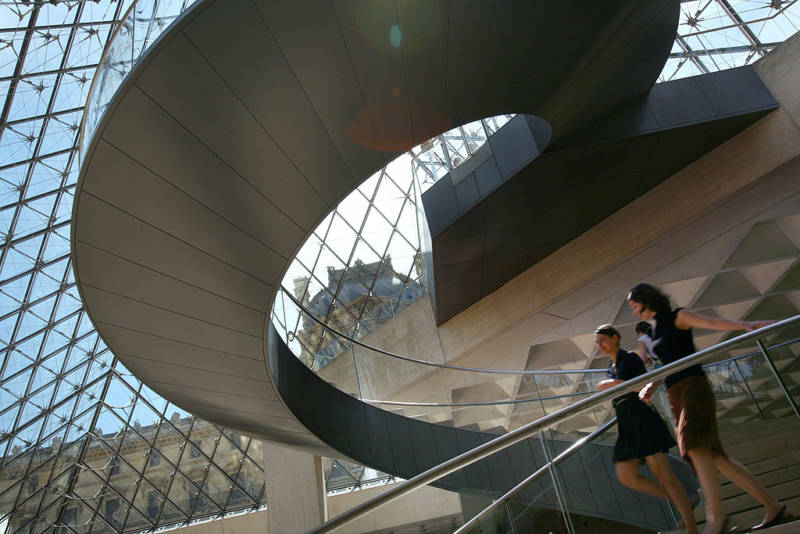
Pei didn’t like labels. He said there’s no such thing as modern, postmodern or deconstructivist architecture. But he was considered a modernist. Back in 1970, he defined his approach in an interview for a documentary on one of his buildings — the National Center for Atmospheric Research in Boulder, Colorado.
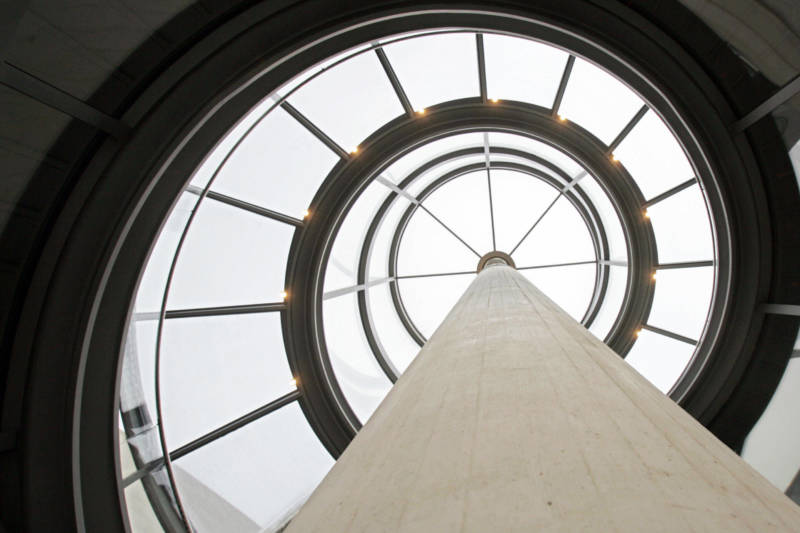
“If the problem is a complicated problem, then the building will result just that way,” Pei said. “But then after that we have to simplify it. We have to eliminate the inessential.”
